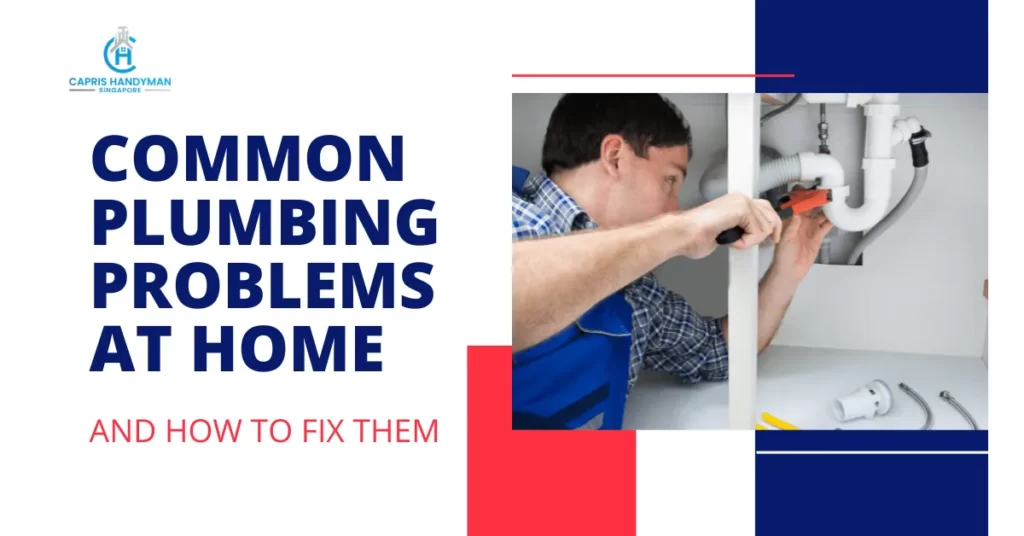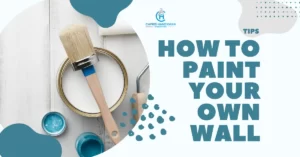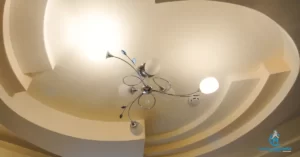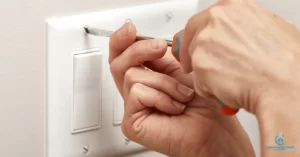Plumbing problems can often go undetected until they reach a breaking point, and by then, we’re usually hit with a hefty bill. To avoid this stressful and costly scenario it’s important to prepare for and prevent plumbing issues before they happen.
But how can you know when you need to call a professional or if you can fix the problem yourself? This guide will help you understand four common plumbing problems so you can make an informed repair decision.
Table of Contents
Four Common Plumbing Problems
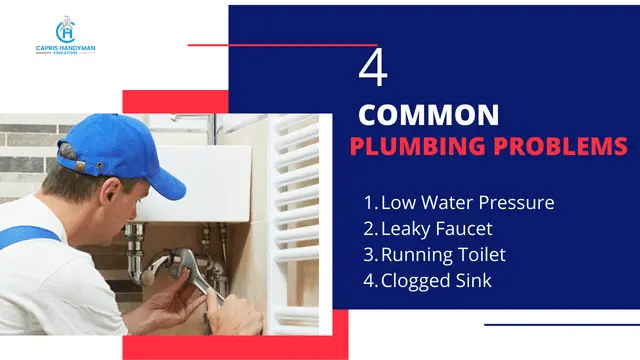
Low Water Pressure:
A number of different things could be causing the low water pressure in your home. First, you should find out if the low water pressure is solely affecting you or if your neighbours are also having the same issue. If the problem persists for everyone, the best approach is to contact PUB or HDB.
If, on the other hand, this issue only occurs in your home, you should first examine the pipe in your home. If it is old, the water may have accumulated lime deposits and become blocked by them, which would prevent it from flowing.
There is also the possibility that the supply valve is partially closed, which is another potential cause. If you cannot identify the issue, you may want to consider using a plumbing service.
Leaky Faucet:
A dripping tap can really add up to your water bill, so it’s important to fix it as soon as possible. It’s possible that you can solve the problem on your own if you have the appropriate equipment and an understanding of plumbing and faucets.
Taps usually leak because of their old washers. First, locate the main shut-off valve for the water supply and turn off the water to the tap. Next, ensure that any remaining water in the faucet has been drained, and then remove the tap head.
Using an adjustable spanner, loosen the headgear nut and then take the headgear assembly. Now, remove the old washer and replace it with a new one. After that, reassemble the faucet. You could require a replacement tap in certain cases.
However, if you do not have the necessary equipment and the time to replace the washer or install a replacement tap, it is best to call a plumber for assistance.
Running Toilet:
It is essential to get the toilet fixed as soon as possible because running toilets waste a lot of water and may be quite annoying. The problem is most often caused by a faulty flapper at the bottom of the cistern, which may be damaged, or by a malfunctioning flush valve.
It is simple to purchase and install a replacement flapper or flush valve; however, it is considerably quicker and easier to hire the services of an experienced plumber to fix the flush toilet. On the other hand, if the bowl of the toilet itself is broken in any way, it could be time to get a new toilet.
Clogged Sink:
Another common issue in Singapore homes is a clogged sink, and this is a problem that you can handle on your own. You might try clearing the clog by plunging the drain, pouring hot water down it, or mixing baking soda and vinegar together to see if it helps.
In the case that these do not clear the blockage, it is time to call a professional, who may clear the blockage by using a “plumber’s snake,” which is a coiled spiral. It’s also possible that they’ll clear out the P-trap. On the other hand, if the sink itself has damage, it is possible that it is time to replace the sink.
How to Unchoke Sink
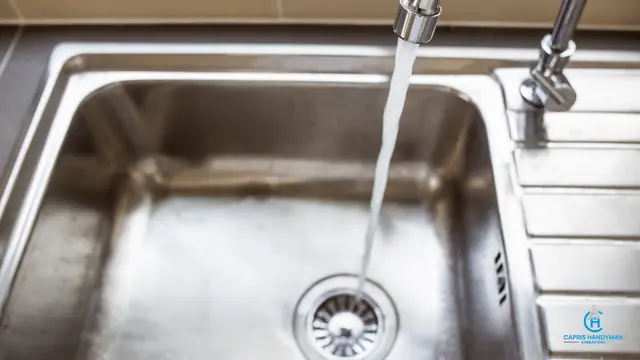
Dealing with a blocked sink can be a frustrating and inconvenient problem; however, there are a variety of effective methods available to help you remove the blockage and restore a smooth drainage flow. Here’s a step-by-step guide on how to unchoke a sink:
Identify the Type of Sink and Location of the Blockage:
Depending on the type of sink you’re dealing with (bathroom sink, kitchen sink, etc.), the location and type of blockage may vary. If the sink has a garbage disposal, this could also be contributing to the blockage.
Clear any Visible Debris:
Before attempting more involved methods, check the sink drain for any visible debris, such as hair, food particles, or soap scum. Remove any debris you find and dispose of it properly.
Try a Plunger:
A plunger is a useful tool for unclogging a sink. First, fill the sink partially with water (enough to cover the plunger head). Then, put the plunger over the drain and pump it up and down rapidly, using a lot of force. If the blockage is minor, this may be enough to dislodge it.
Use a Drain Snake:
If the plunger doesn’t work, try using a drain snake (also known as a plumbing snake or auger). Put the snake into the drain, twisting it as you go deeper. When you encounter the blockage, twist the snake back and forth to break it up. Pull the snake out and dispose of any debris it brings up.
Try a Chemical Drain Cleaner:
If other methods don’t work, you can try using a chemical drain cleaner. Follow the manufacturer’s instructions carefully and use caution, as these chemicals can be harsh and may damage your pipes.
If none of these methods works, it’s time to call a professional plumber. They have specialised tools and expertise to deal with more stubborn blockages and can help prevent future issues.
Tips on How to Unchoke Toilet Bowls
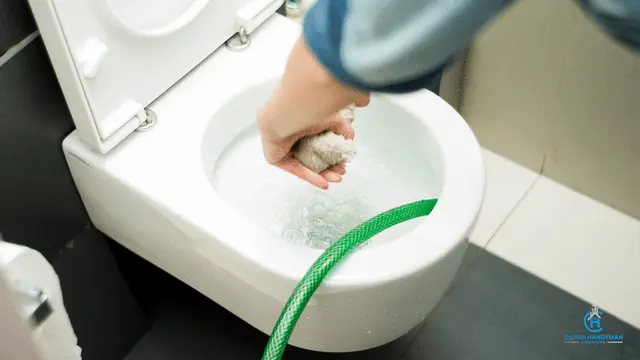
If you’re faced with a clogged toilet bowl, you can do a few things to unclog it on your own before calling a professional.
Use a Plunger:
This is one of the first tools that every homeowner should have on hand. The first and most important thing that should be done is to turn off the water supply that is connected to the toilet. This will prevent water from overflowing out of the toilet bowl.
Once the water is off, you can start using a plunger. The plunger will create some movement and air pressure to dislodge the object in the toilet bowl. Using a plunger may take some time and effort if the clog is stubborn, so it is recommended that you work on it for at least 15 to 20 good plunges.
Baking Soda and Vinegar:
Mixing one-third of a cup of vinegar with one-third of a cup of baking soda in a medium-sized measuring cup is one of the things that can be done to correctly clean and maintain your toilet bowl. This will cause the mix to bubble up almost immediately, and you should pour the bubble mixture down the drain as soon as you can. Take your time and accurately measure the ingredients to prevent any mishaps in the bathroom.
Hot Water:
If your toilet is clogged, start by boiling a pot of water and pour it directly into the toilet bowl. The hot water will help dissolve the material that’s causing the blockage. Then, pour a mixture of vinegar and hot water into the bowl and wait for the clog to clear. If this option does not work, then hire a professional plumber to handle the toilet bowl choke service instead.
How to Unclog Floor Traps in Singapore
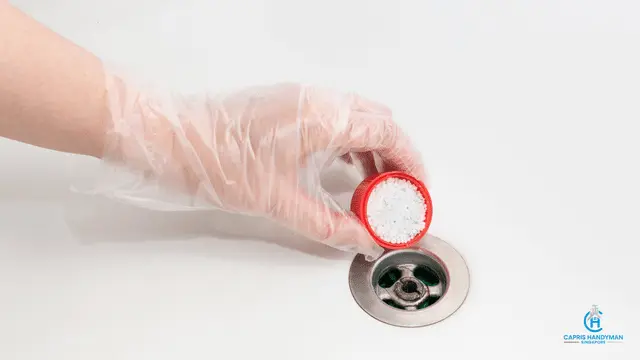
There are a few different methods by which you can unclog floor traps.
Get the Required Equipment:
Before beginning any sort of floor trap choke repair, it’s essential to have the right tools on-hand. One of the first signs that there’s an issue with a floor trap choke is when water starts draining more slowly than usual.
However, if you notice standing water that isn’t draining out at all, your first step should be reaching for a plunger in order to try and clear the water. Once the water is gone, you’ll be able to assess and address the root problem more easily.
Get a Plunger:
To clear floor traps that have been clogged, start by removing any obstruction that you can see. Then, bring a plunger to the drain and pump it a few times to try and dislodge the clog with air pressure. In the chance that you are unable to clear the floor traps with a plunger, you have the following options:
Create Your Own Personalized Cleaning Solution:
If the water is clear, see if you can identify the blockage and remove it. You may need to use a metal wire to remove the clog if it is located quite far down the pipe. If you cannot see the clog, you can try using a drain cleaner to dissolve it. It would appear that the most effective mixture is one that can be created at home using baking soda, vinegar, and lemon.
However, in most cases, this approach will not work if the dirt has been accumulating for a longer period. If this doesn’t work, you might perhaps try to use a plumbing snake.
Use a Plumbing Snake:
This is a standard tool that may be found in the tool kits of the majority of plumbers that work on blockage cases. It is made up of a flexible coil of wire that is able to readily navigate through the floor trap choke that is clogged. After navigating the floor trap, its primary function is to exert pressure on the origin of the choke in order to dismantle it and restore the drainage’s ability to flow freely.
Frequently Asked Questions:
What is Plumbing White Tape?
Plumbers tape, also known as Teflon or PTFE tape. This tool can assist with various applications, including making your projects easier and ensuring your pipes are properly sealed, preventing leaks and other water damage.
One of the most common uses of plumber’s tape is for sealing pipe threads when connecting plumbing systems. It’s also referred to as thread seal tape. Although it may seem thin, this powerful tape provides a reliable, sturdy hold for pipe joints, making them easy to use yet resilient. Whether you’re a professional plumber or a DIY enthusiast, plumber’s tape is an essential addition to your toolkit.
Is it okay to use a Chemical to get rid of hair Stuck in the Floor Trap, and will it Damage the Pipes?
We don’t recommend using any chemicals to unclog your drains because they rarely work, to begin with. Not only that, but the chemicals can cause a reaction with your piping that weakens it over time.
In the case that the blockage does not clear and the line needs to be snaked, not only will the pipes become more fragile, but the chemical may still be present in the line, in which case it may transfer onto the technician’s hands or cause them to be splashed in the face.
Depending on the type of drain, sometimes the hair can be removed by taking the drain apart or using a thin hanger for fishing it out. Hair can also become stuck on the pop-up drain stopper and is simply removed.

